Imagine a sturdy oak tree, firmly anchored in the ground, undaunted by fierce winds. Or, think of the powerful lion, radiating immense power as it guards its territory. From the solid mountain to the enduring flame, symbols of strength are all around us. They remind us of our own inner power and ability to face challenges head-on.
In this article, we’ll explore a lot of symbols of strength across cultures, history, and mythology.
1. Lion
Lions are strong predators known for their powerful bodies, sharp claws, and ability to hunt large prey. They rule over their territory with dominance. They are often seen as symbols of strength in mythologies and cultures around the world.
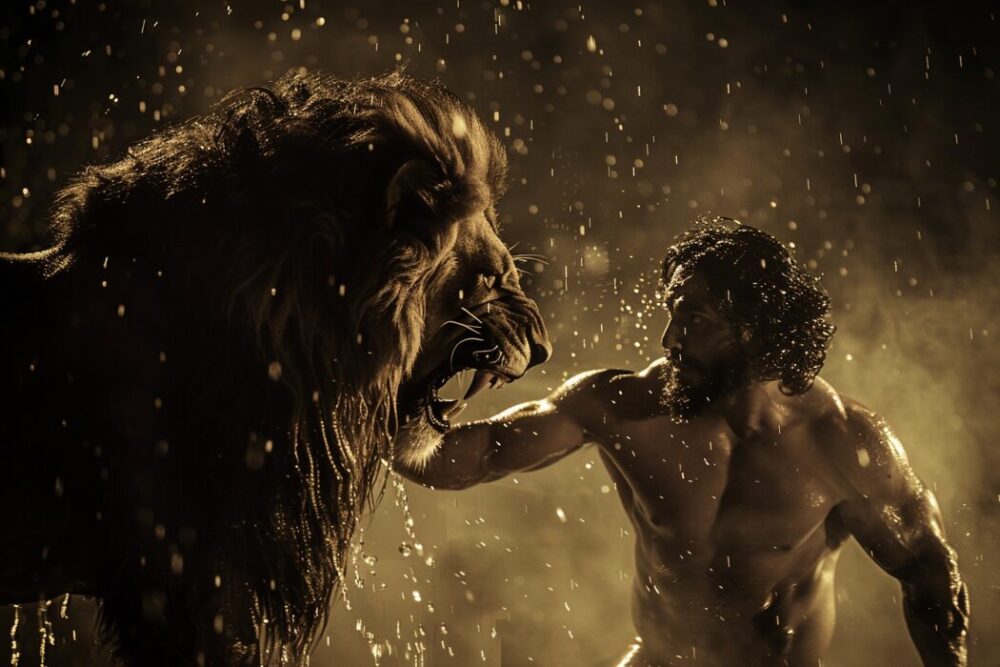
For example, in ancient Egypt, the lion was associated with the goddess Sekhmet, a fierce protector and warrior deity. The Egyptian pharaohs also depicted themselves as lion-like beings, symbolizing their authority and strength.
Similarly, in Greek mythology, the Nemean Lion was a legendary creature with an impenetrable hide, making it invincible to conventional weapons. Heracles (Hercules) was tasked with slaying the lion as one of his twelve labors, showcasing the lion’s reputation for strength and resilience.
2. Oak tree
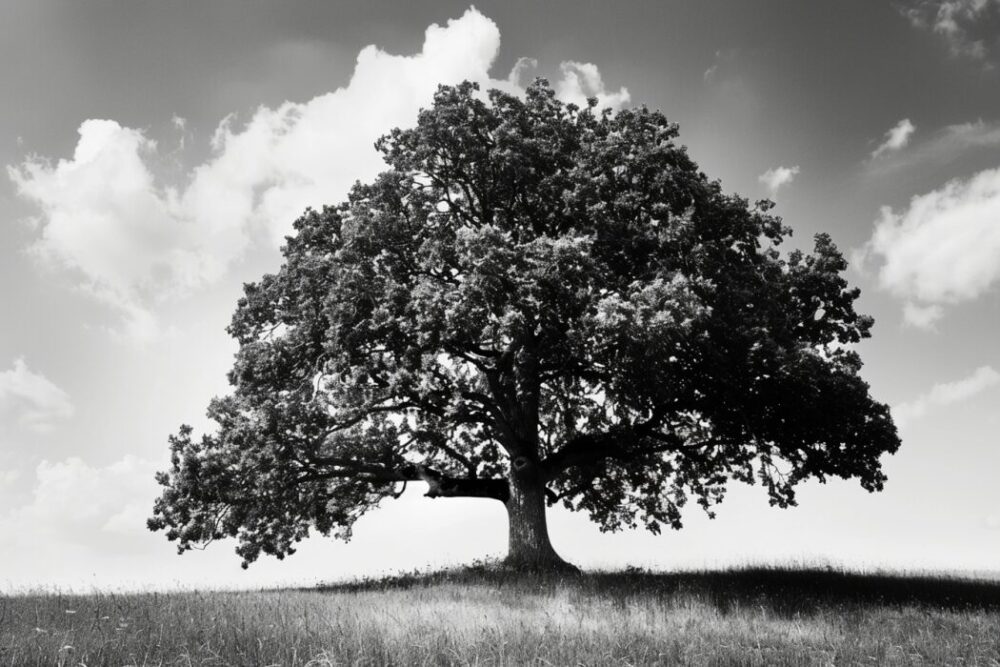
The oak stands as a universal symbol of strength and resilience, embraced by many nations. It holds the prestigious title of national tree in several countries, including the United States, Bulgaria, Croatia, and Cyprus (known for its golden oak). Ireland’s fifth-largest city, Derry, is named after the oak (or “Doire” in Irish).
Read More: Symbols of Resilience Across Cultures
In military, oak leaves signify rank, notably within the United States Armed Forces. For staff corps officers in the United States Navy, arrangements featuring oak leaves, acorns, and sprigs mean different branches.
In Greek mythology, the oak was sacred to Zeus, the king of gods. At Zeus’s oracle in Dodona, Epirus, the sacred oak was central, with priests interpreting the rustling of its leaves as divine messages. Those who harmed such trees were believed to face divine punishment, as the ancient Greeks thought spirits called hamadryads dwelled within them.
In Celtic beliefs, the term “druid,” meaning Celtic priest, is linked to the Proto-Indo-European word for oak or tree.
3. Bear
Bears, regardless of their species, exhibit astonishing strength and power that surpasses human capability, even the smaller ones. Their strength is often compared to that of felines.
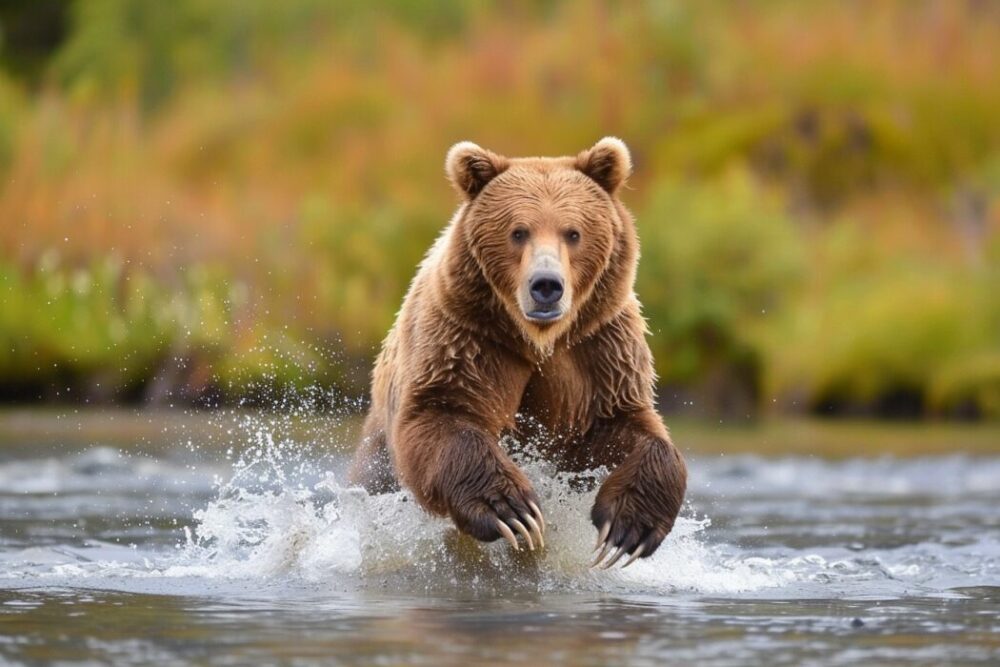
Bears are formidable creatures, known for their immense power. They can bend car doors and pry open windshields in search of food. Rolling over large rocks and logs is routine for them when foraging. Grizzlies, in particular, are adept diggers, using their powerful claws to unearth roots, bulbs, and rodents, and to create dens on steep mountain slopes.
Most Native American tribes hold the bear in high regard. Like the turtle, each tribe’s perception of the bear varies, but at its core, it symbolizes authority, good medicine, courage, and strength. Considered a healer and protector, the bear embodies the traits of a nurturing mother, and leaders associated with bear medicine are seen as defenders of what is right and just.
4. Anchor
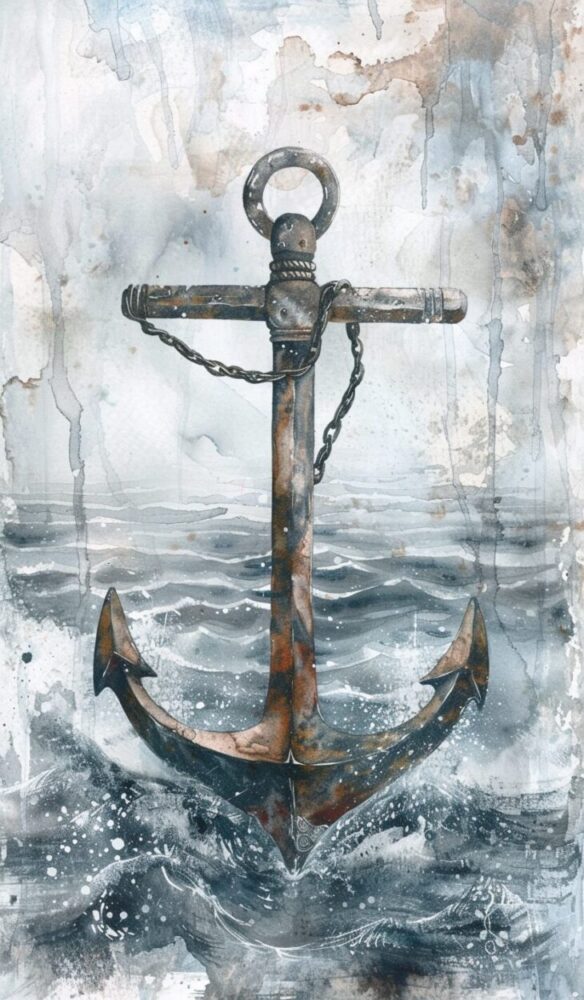
The anchor symbolizes strength through its ability to provide stability and security, especially in turbulent waters. Anchors are heavy objects, designed to hold a vessel firmly in place, preventing it from drifting away. In this sense, the anchor represents resilience and steadfastness in the face of adversity.
Metaphorically, the anchor also symbolizes hope and grounding. Just as an anchor keeps a ship steady during storms, it can serve as a symbol of support during challenging times, offering a sense of stability and assurance.
5. Rock
Rocks have universally been known as symbols of strength, drawing from their physical properties and broader cultural significance. Physically, rocks embody durability and resilience. One must use immense force to break or move. This inherent toughness gives them an aura of strength and stability.
Scientifically, rocks take millions of years to form through geological processes. Metaphorically, rocks represent immovable strength and reliability, often depicted in phrases like “solid as a rock” or “rock-solid.”

Beyond their tangible attributes, rocks hold spiritual significance in many cultures, associated with gods, ancestors, or sacred places. This spiritual connection amplifies their symbolic power, imbuing them with qualities of protection and divine strength.
For example, Easter Island, a volcanic island in the Pacific, features large stone statues mounted on platforms. These statues, standing 12 to 20 feet tall and weighing around 50 tons each, are carved from volcanic ash quarried on the island. Archaeologists believe that statues in ancient Polynesian cultures represented authority and power, both religious and political. But to the people who made and worshipped them, these statues were more than symbols – they were believed to hold a sacred spiritual energy called mana when crafted and prepared ritually.
6. Shield

The shield holds deeper significance as symbols of power and resilience. Across history, shields have represented not only physical defense but also the strength of character and resolve required to withstand adversity.
In many ancient societies, including Greek, Roman, and Viking cultures, shields were crafted with beautiful designs and symbols that conveyed the identity and values of the bearer. These designs often reflected the belief that the shield itself possessed a spiritual essence, imbued with the strength and protection of divine forces.
8. Phoenix
The Phoenix, a revered mythical bird in Western mythology, symbolizes strength and renewal across various cultures. In Greek mythology, it represents immortality and powerful regeneration, associated with the sun god Apollo. Egyptians revered it as a divine symbol in Heliopolis, while Hinduism views it as a sacred bird mentioned in the Vedas.
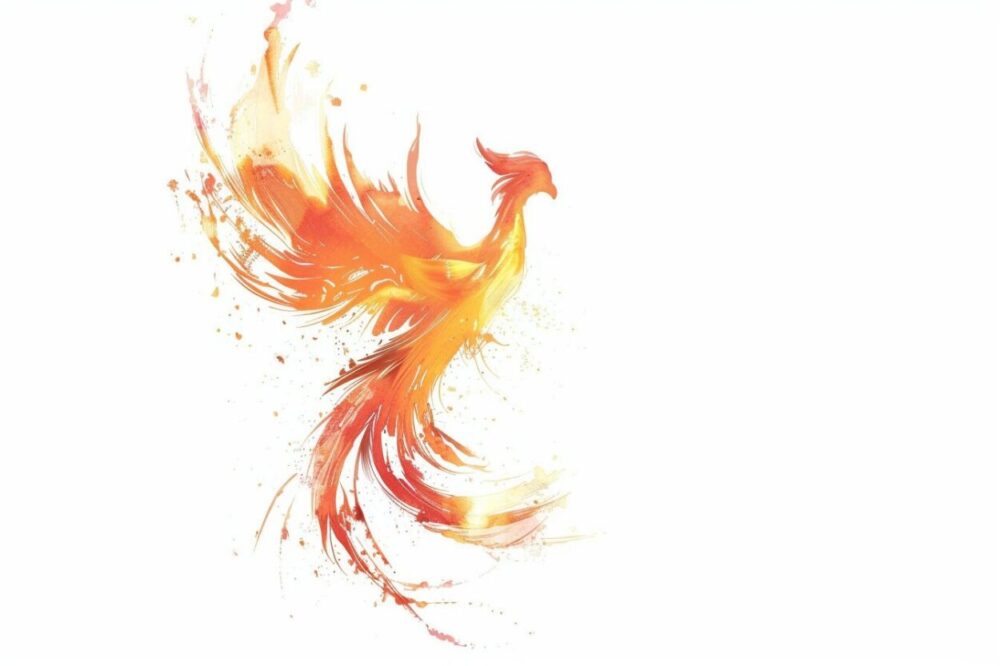
Read More: Phoenix Symbolism Across Cultures
9. Dragon

The dragon is a powerful symbol, blending elements of the serpent and bird into a fearsome creature with deep historical roots. Across cultures, it represents evil in chivalric and Christian traditions, while in the Orient, it symbolizes supernatural power, wisdom, and hidden knowledge. Often associated with chaos and wild nature, dragons dwell in the depths of the sea, atop mountains, and within clouds.
Heroes traditionally battle dragons to assert control over territory and access treasures, whether material like gold or symbolic like knowledge. Slaying the dragon symbolizes the conflict between light and darkness, triumphing over evil forces. That is known as the hero’s journey.
In the hero’s journey, encountering a dragon typically marks a pivotal moment where the protagonist must confront their fears and limitations. Overcoming the dragon becomes a metaphor for conquering one’s inner demons and external obstacles, emerging stronger and wiser from the ordeal.
10. Bull

The bull has long been a symbol of strength across cultures, often associated with power, vitality, and resilience. In ancient civilizations like Mesopotamia and Egypt, bulls were revered for their physical might and were frequently depicted in art and mythology as symbols of divine strength.
In astrology, the bull is represented by the zodiac sign Taurus, which spans from April 20th to May 20th. Taurus is characterized by its earthy nature and steadfast determination, traits that are often associated with the symbolism of the bull. Individuals born under this sign are believed to possess traits such as endurance, stability, and a strong work ethic.
Read More: Mars in Taurus: The Determined Hustler
11. Hercules
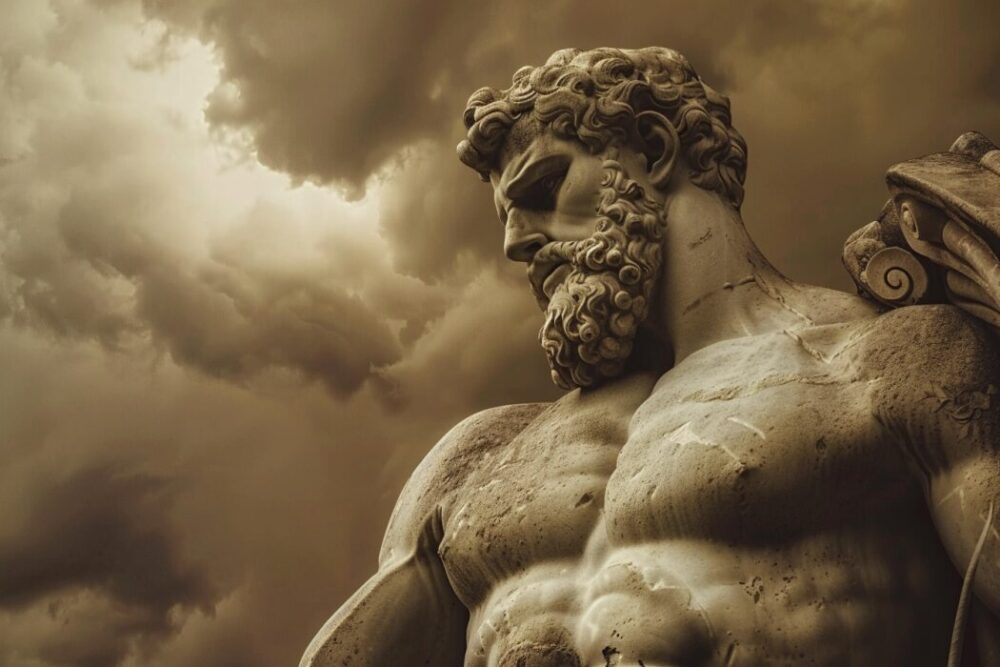
Hercules, known as Heracles in Greek mythology, is one of the most renowned figures in classical mythology, celebrated for his exceptional strength, courage, and adventurous exploits. He is the son of Zeus, the king of the gods, and Alcmene, a mortal woman.
Hercules’ life was marked by a series of trials, known as the Twelve Labors, which he undertook as penance for killing his wife and children in a fit of madness, induced by Hera, Zeus’ wife and Hercules’ stepmother, who harbored resentment towards him. The Twelve Labors were tasks of great difficulty and danger, assigned to him by King Eurystheus of Tiryns. They included slaying the Nemean Lion, capturing the Golden Hind of Artemis, and retrieving the Apples of the Hesperides.
Hercules’ story has inspired countless works of art, literature, and film throughout history, and his name remains synonymous with strength and heroism.
12. Fist
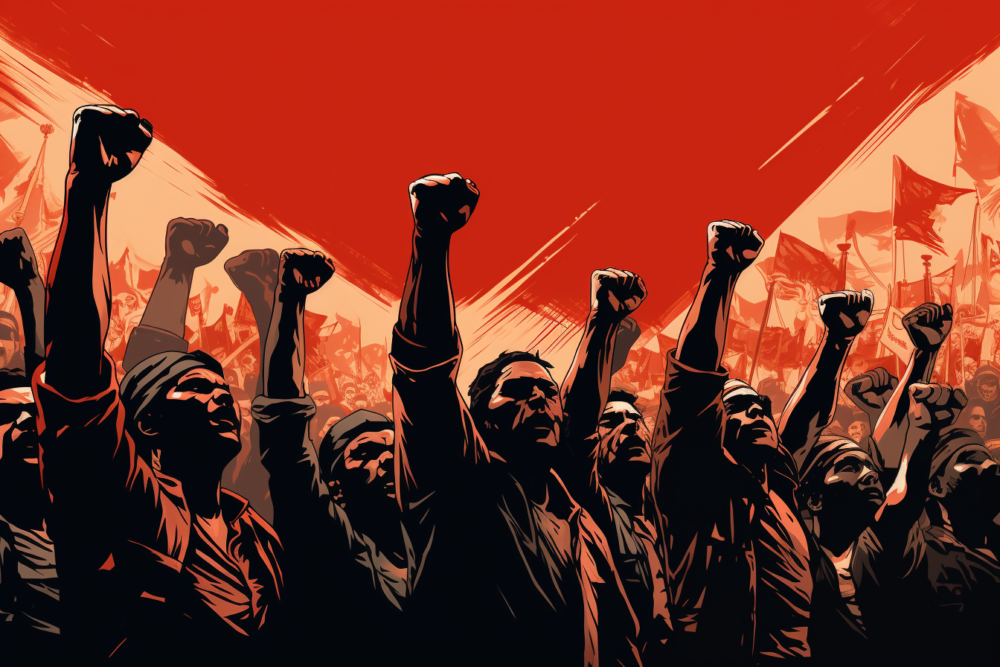
The closed fist is a physical manifestation of strength. It represents the ability to deliver force and impact, whether in combat, labor, or athletics. The clenched fist is often used in boxing, martial arts, and other sports where power and strength are essential.
When people come together with clenched fists, it often symbolizes unity, solidarity, and collective strength. This symbolism is evident in various social and political movements, where the raised fist represents resistance, empowerment, and the resolve to stand together against oppression or injustice.
Read More: Symbols of Freedom Across Cultures
13. Tattoo

Tattoos is a popular symbol of strength, embodying both physical resilience and inner fortitude. One must withstand a lot of pain through the tattooing process, reflecting determination and toughness. Beyond the physical experience, the imagery and symbolism within tattoos can also convey themes of strength and endurance.
Culturally, tattoos have long been associated with strength and warrior ethos in various societies. In many indigenous cultures, tattoos are markers of bravery, rites of passage, or symbols of tribal identity.
Read More: 30 Symbols of Death Across Cultures
14. The Helm of Awe

The Helm of Awe, also known as Aegishjalmur in Old Norse, is a powerful symbol in Norse mythology and Icelandic magical staves. Its name translates to “helm of terror” or “helm of awe.” The Helm of Awe is depicted as a circular arrangement of eight tridents or arms radiating from a central point, often surrounded by protective runes.
The Helm of Awe was believed to possess magical properties, primarily associated with protection and strength. It was thought to instill fear in one’s enemies, thus serving as a defensive amulet. Warriors would often inscribe it on their foreheads or shields before battle to invoke its protective powers and strike fear into their foes.
15. Fortress

Fortresses are structures designed for defense, with thick walls, towers, and other defensive features. As symbols, they represent protection and security, serving as bastions against external threats. As symbols, they embody the collective memory and heritage of a place, evoking tales of heroism, resilience, and survival.


 using WordPress and
using WordPress and
Comments are closed